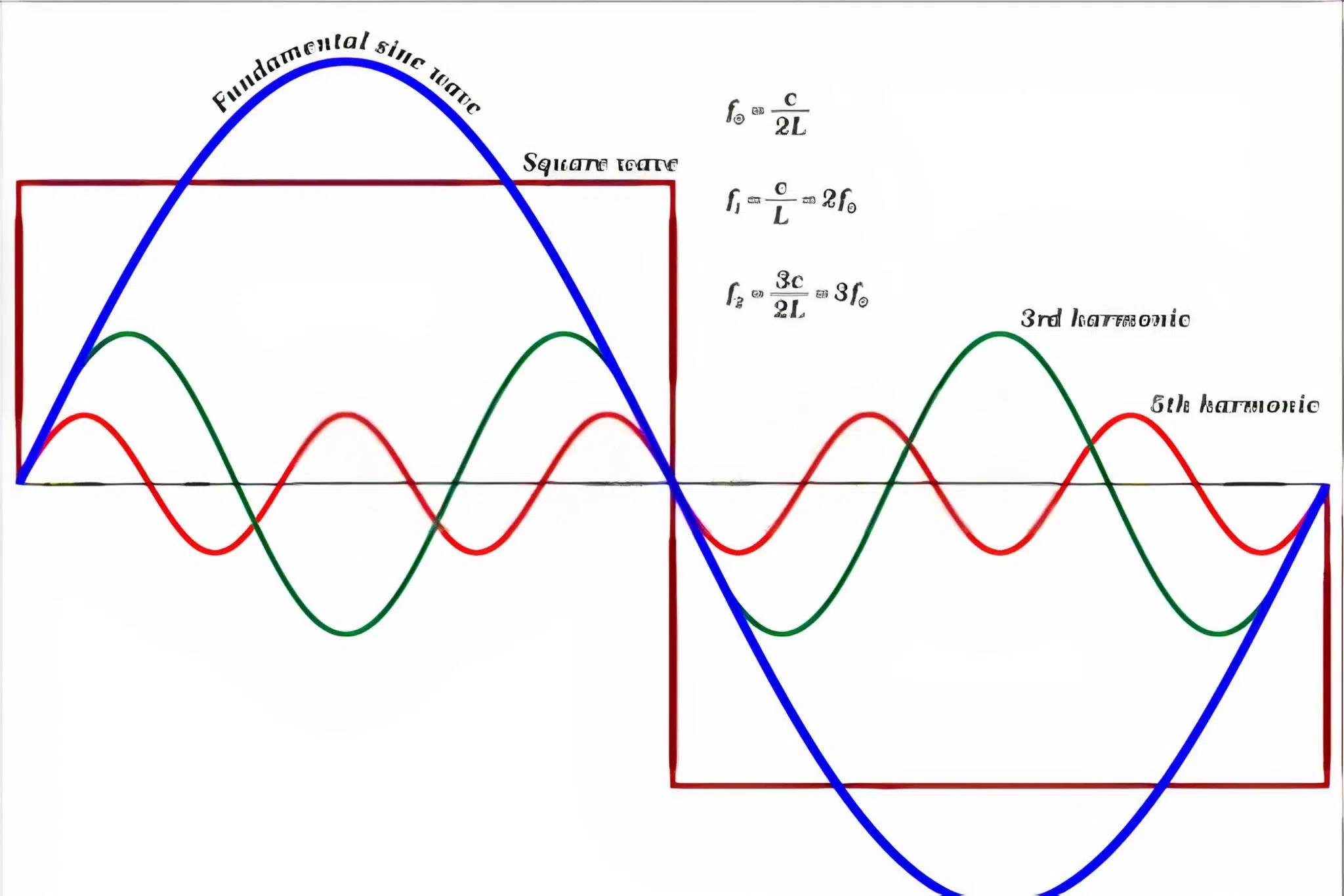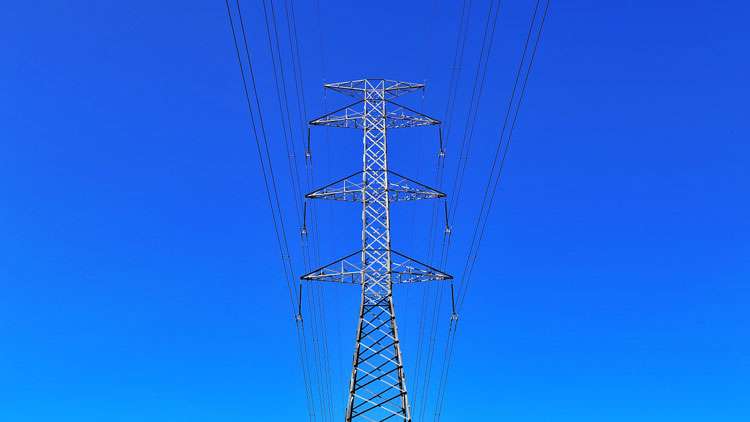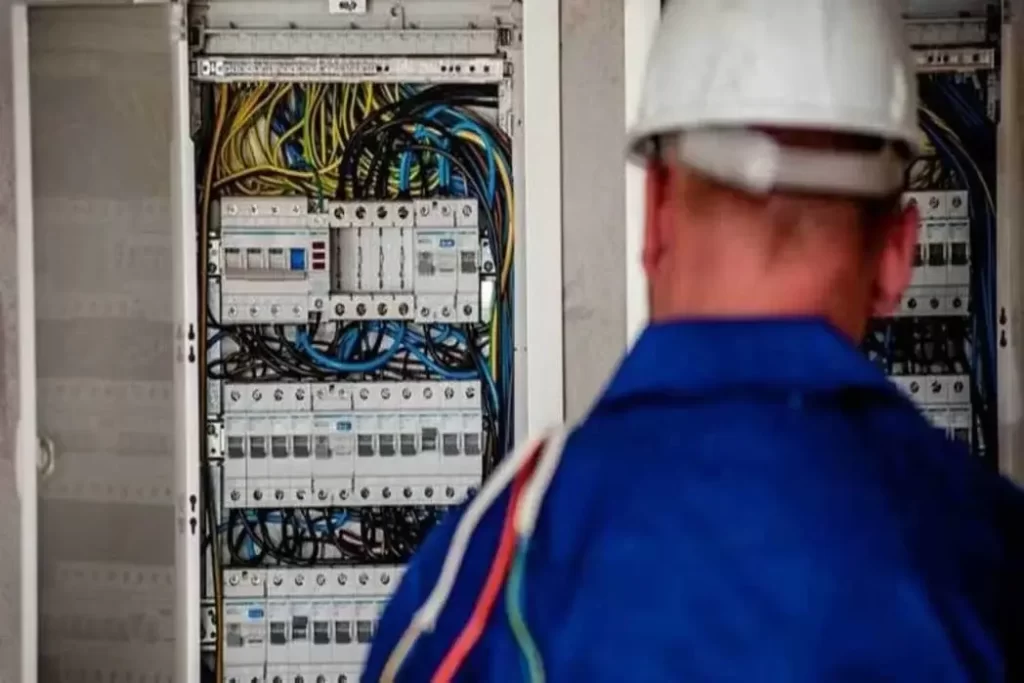HARMONIC STUDY AND ANALYSIS IN CANADA

Table of Contents
Harmonics in Power Systems
Harmonics are electric currents and voltages on a power system that are capable of causing power quality problems. Due to the high chances of equipment malfunction due to the presence of high harmonic distortion levels, harmonic analysis study has become a growing concern for engineering professionals and consumers.
Harmonic analysis studies are conducted to determine the level of harmonic distortion, filtering requirements and to ensure if the harmonic voltage and current levels are at an acceptable limit.
Field measurements and computer aided simulations are utilized to characterize adjustable drives and other nonlinear loads. Simulations are then performed to determine filter specifications and effectiveness.
The application of harmonic filters will significantly increase the frequency response of the power system. Then the harmonic distortion limits are evaluated to identify the effectiveness of the proposed control measures. According to studies by the Canadian Electrical Association, voltage sags and surges, transients, and harmonics are estimated to provide a loss of $140 million annually. Care Labs is a competent provider of electrical installations, inspections, analysis, and certifications and can offer harmonic study and analysis services.
Need for Harmonic Study and Analysis in Canada:
Although the possibility of harmonic distortions is low, they may lead to a reduction in power system reliability. Harmonics can reduce the level of power quality and its efficiency.
Harmonic study and analysis are significant only when the nonlinear load becomes a substantial portion of the total load.it can foresee the harmonic levels and identify potential resonance problems.
An insight into the potential causes and effects can avoid several harmonic-related problems and can reduce the possibility of undesired effects.
Symptoms and Effects of Harmonics:
Symptoms of harmonics include:
- Overloaded neutral conductors
- Overheated motors and transformers
- Tripping breakers and blown fuses
- Failure of power factor correction capacitors
- Timing errors in sensitive equipment
Harmonics can cause:
- Circulating current and high voltages due to harmonic resonance
- Excessive voltage distortion leading to equipment malfunction
- Component failure or shortened life span due to increased internal energy losses
- False tripping of branch circuit breakers
- Error in metering
- Fires in wiring and distribution system
- Generator failures
- Lower system power factor
There are two types of harmonic study analysis:
1.Current and voltage distortion analysis:
The whole and discrete harmonic distortion levels are estimated at various buses and the results are compared with the predetermined standard limits.
2.Impedance versus Frequency Analysis:
This analysis is very important in predicting the system resonance conditions before energizing the whole system. In this analysis, system impedance is plotted against frequency. A rise in the impedance plot implies a parallel resonance while a depression indicates a series resonance.
The corrective measures that can be done for extreme harmonic levels include
- Implementing a rectifier with a pulse number greater than 6
- Relocation or disconnection of a small amount of power factor correction capacitance to shift a resonant frequency away from a particular harmonic.
- Addition of harmonic filter or PWM rectifier
Harmonic study and analysis methodologies in Canada :
Harmonic analysis is the mathematical modeling of predicting potential resonances and harmonic distortion levels based on the available power system data. At Care Lab, we analyze it with several software packages.
Equipment like transformers, capacitors, etc. are considered and nonlinear harmonic loads are represented by many frequencies’ harmonic current sources. Such models can indicate if harmonic levels fall below the IEEE standard.
A harmonic analyzer is used to find the voltage and current waveshapes on corresponding frequency spectrums. The steps for harmonic analysis study are:
- Highlighting of nonlinear loads, capacitor banks, medium voltage cables of long length from electrical system one-line diagram
- Identification of place of common coupling which joins the industrial network with the facility or adjacent plant
- Identification of in-plant buses that are prone to be affected by harmonic distortions
- Collection of harmonics-related data of all nonlinear loads
- Collection of data on voltage and current harmonics at the PCC including highest and lowest short circuit fault levels and the permitted limits of current and voltage harmonics from a utility company
- Mockup the electrical network with the help of ETAP
- Performing the harmonic analysis for the whole network
- The whole and discrete voltage and current distortion levels are verified at system buses and the PCC
- The harmonic frequency spectrum is verified
- If the harmonic distortion outpasses the permitted levels, choose a suitable harmonic mitigation solution
- Perform the harmonic analysis after the addition of the harmonic mitigation technique
We offer harmonic study and analysis in Ontario, Quebec, Manitoba, Saskatchewan, British Columbia, Alberta and all the major states in the Canada. Call us right away to arrange a harmonic study and analysis or to get a quote!
























